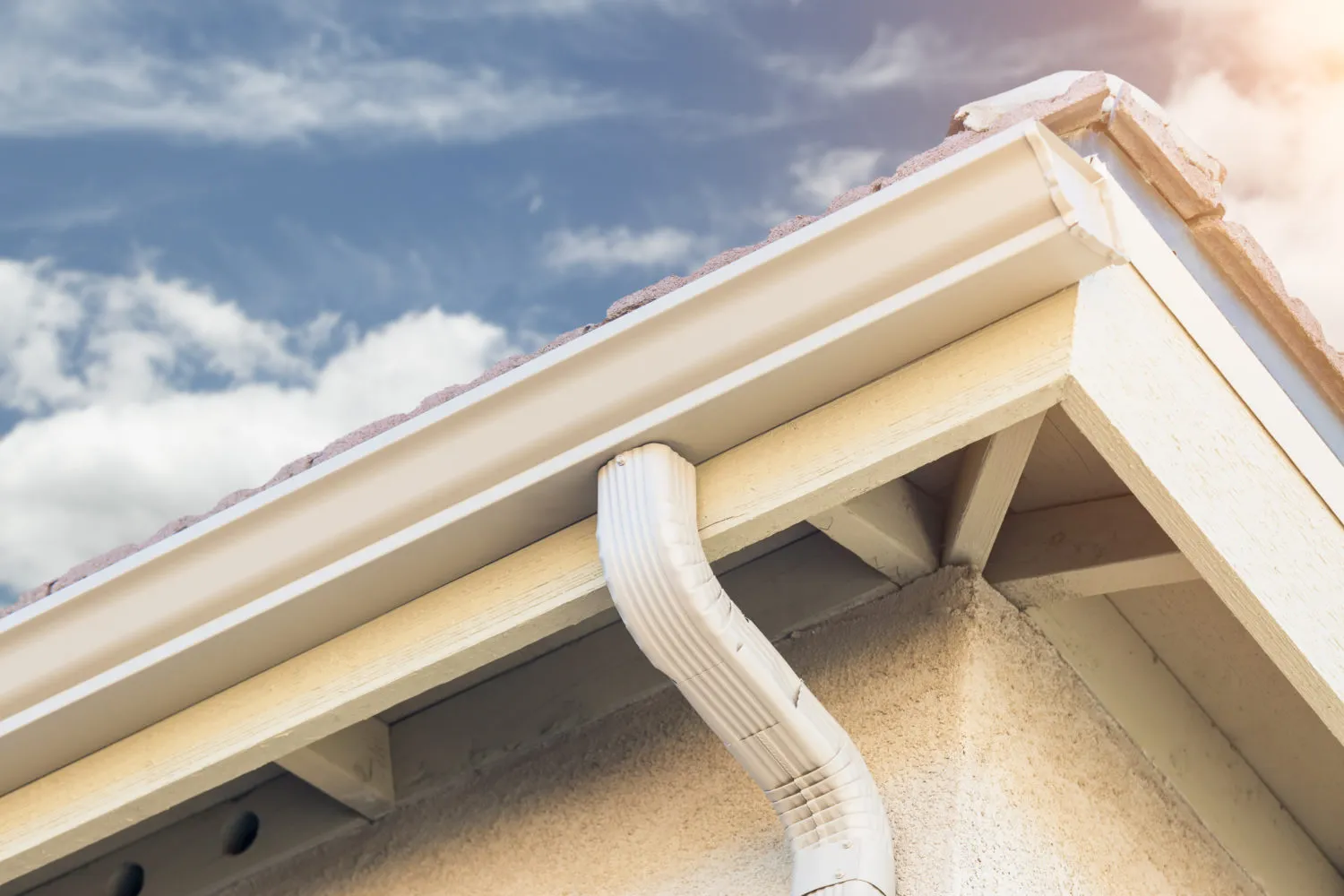Let’s talk about gutters and downspouts – those unsung heroes of home maintenance that protect your house from water damage and keep your foundation dry. In this guide, we’ll walk you through everything you need to know about installing and maintaining gutters and downspouts.
Planning Your Gutter System
First things first, let’s do some planning. Take a look around your home and assess your drainage needs. Consider factors like roof size, slope, and the amount of rainfall in your area. Then, choose the right gutter materials and sizes to accommodate your needs, and determine the best placement for downspouts to ensure efficient water flow.
Installing Gutters and Downspouts
Now it’s time to roll up your sleeves and get to work! Gather your tools and materials, and follow our step-by-step installation process for gutters. We’ll walk you through everything from measuring and cutting gutter sections to securing them to your home. Don’t forget to install downspouts and connect them to the gutter system to direct water away from your foundation.
Adding Gutter Guards (Optional)
If you’re tired of constantly cleaning out your gutters, you might want to consider installing gutter guards. These handy devices can help prevent leaves, twigs, and debris from clogging your gutters, reducing the need for regular maintenance. We’ll cover the different types of gutter guards available and walk you through the installation process.
Maintaining Gutters and Downspouts
Regular maintenance is key to keeping your gutter system in top shape. We’ll show you how to clean out debris and leaves, inspect for damage and leaks, and repair or replace damaged sections of gutters or downspouts. With a little TLC, your gutter system will continue to protect your home for years to come.
Preventing Ice Dams and Freezing
Winter can be tough on your gutters, especially if you live in a cold climate. We’ll share tips for preventing ice dams from forming in your gutters, as well as strategies for dealing with freezing and thawing cycles. Plus, we’ll discuss options like installing heat cables or gutter heaters to keep your gutters flowing smoothly all winter long.
Final Words
Congratulations, you’re now a gutter expert! By following the tips and techniques outlined in this guide, you’ll be well-equipped to install and maintain your gutter system like a pro. Remember, regular maintenance is the key to a happy home and a dry foundation.
FAQ’s
Why are gutters and downspouts important for my home?
Gutters and downspouts help direct rainwater away from your home’s foundation, preventing water damage, basement flooding, and soil erosion. They also protect your siding, windows, and landscaping from water damage.
What materials are commonly used for gutters and downspouts?
Common materials for gutters include aluminum, vinyl, steel, and copper, each with its own advantages and disadvantages. Downspouts are typically made of the same material as the gutters to ensure compatibility and durability.
Do I need to install gutter guards on my gutters?
Gutter guards are optional but can help prevent debris buildup and reduce the frequency of gutter cleaning. There are various types of gutter guards available, including mesh screens, foam inserts, and gutter brush systems, so you can choose the option that best suits your needs and budget.
How often should I clean and maintain my gutters and downspouts?
It’s recommended to clean your gutters and downspouts at least twice a year, ideally in the spring and fall. However, if you have overhanging trees or experience heavy rainfall, you may need to clean them more frequently to prevent clogs and water damage.
What can I do to prevent ice dams and freezing in my gutters during winter?
To prevent ice dams and freezing, ensure proper insulation and ventilation in your attic to maintain consistent temperatures on your roof. You can also install heat cables or gutter heaters to melt snow and ice buildup in your gutters and downspouts. Regularly removing snow from your roof can also help prevent ice dams from forming.
